Elephants of the Kruger National Park
Here is a gallery of some of the elephants of the Kruger National Park that we, the authors of the Photographer's Guide to the Greater Kruger National Park, have captured on our many visits to the world-famous Kruger National Park.
If you struggle to find elephants on your safaris or you feel your elephant images are not impressive, then this eBook is for you! We have been visiting the Kruger Park for more than twenty years and we and our co-author, Trevor Barnett, have had so many elephant sightings on our self-drive safaris that we have lost count!
In this eBook we provide all our tips on how to find these biggest of the big-five animals and then how to best photograph them.
|
Should you wish to get the eBook, click on the book cover above, then click 'Add to Cart' where you'll see a button called 'Add Promo Code'. Click on it then add the word K2K and the 33% discount will be automatically applied. This code is valid until the end of the month, so don't delay! |
"Planning a Kruger trip? A new guide by pro photographers holds the key to good pictures. Learn from the folks who spent 517 days in the park and make your photos sing!" - Romi Boom, Editor of Wildcard Magazine, South Africa  |
The majority of these elephant photographs were captured on self-drive safaris, on normal tourist roads, when we were on our vacations, which are anything from a few days over a long weekend, to annual holidays of 14-17 days duration.
|
Should you wish to get the eBook, click on the book cover above, then click 'Add to Cart' where you'll see a button called 'Add Promo Code' - click on it then add the word K2K and the 33% discount will be automatically applied. This code is valid until the end of the month, so don't delay! |
"...the majority of images are really impressive, each chosen for a practical reason, sometimes annotated to stress a point. - Craig Rix, Editor,Travel Africa Magazine, UK 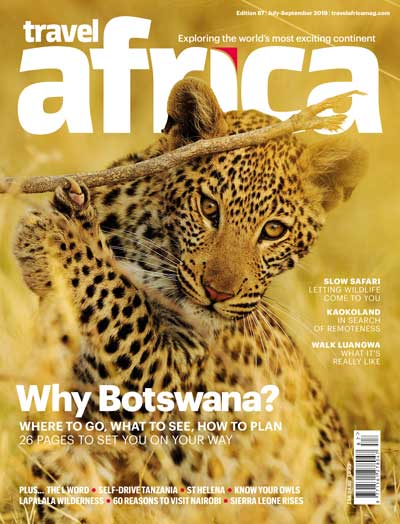 |
Elephants of the Kruger National Park included some of the largest African tuskers. The most famous are the 'Magnificent Seven' elephants who were born in the 1920s - 1930s, and were given the collective name based on the 1960s Hollywood movie.
They have since all died, but the park has some 'emerging tuskers' who also have impressive tusks. More information on these past and present elephants can be found in the Elephant Hall museum in Letaba restcamp.
|
Should you wish to get the Kruger eBook, click on the above book cover, then click 'Add to Cart' where you'll see a button called 'Add Promo Code'. Click on it then add the word K2K and the 33% discount will be automatically applied. This code is valid until the end of the month, so don't delay! |
"This is an indispensable guide to getting the best out of Kruger, camera in hand or not!” - Caroline Webb, Associate Editor, Getaway Magazine, South Africa  |
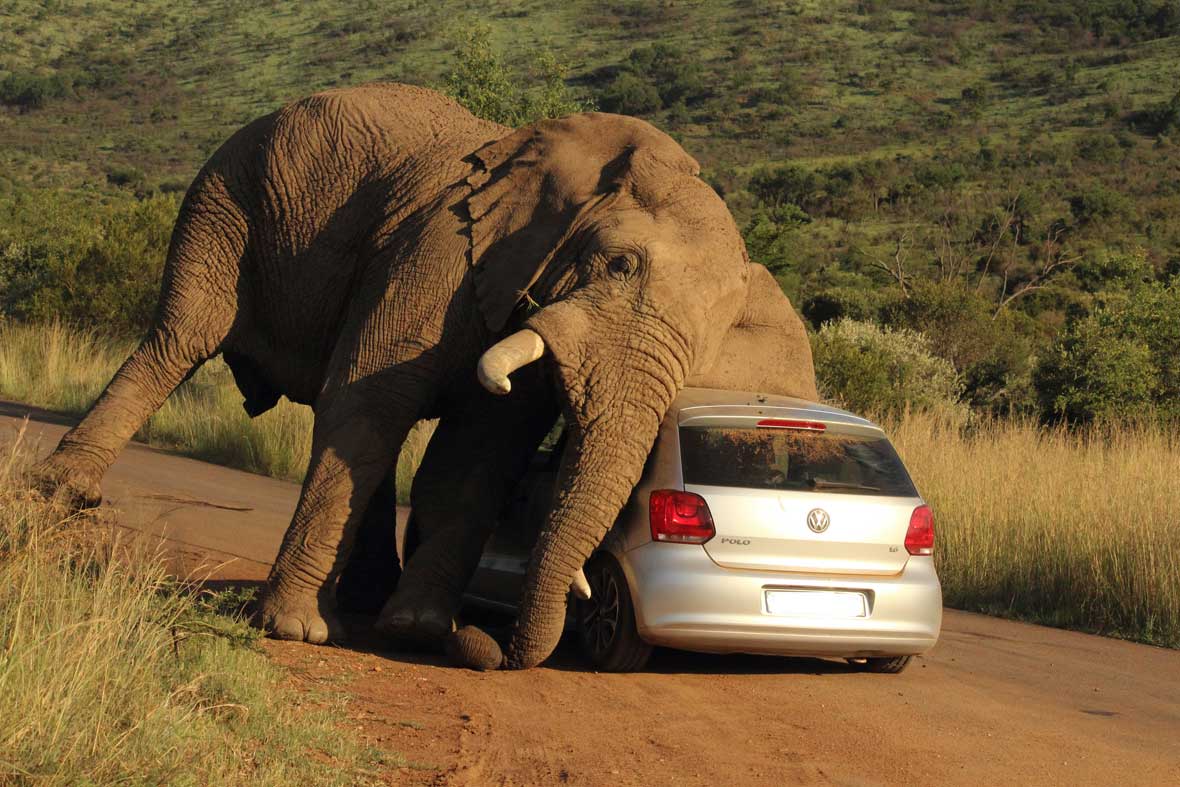 Elephants are known as 'gentle giants' but you should not get too close to them...! Image captured by Armand Grobler in the Pilanesberg but many more such incidents have happened in the Kruger Park.
Elephants are known as 'gentle giants' but you should not get too close to them...! Image captured by Armand Grobler in the Pilanesberg but many more such incidents have happened in the Kruger Park.Elephants of the Kruger National Park - there are too many! Or not...?
Understanding the Elephant issue in the Kruger National Park.
Please take the time to read everything and follow the link below to a piece written by Dr Sam Ferreira.
Why the Story Is Far More Complex Than “Too Many Elephants”
We often get asked about the elephants of the Kruger National Park and their population.
Is the population too big? Should culling begin again? Are we losing our trees?
These are valid questions, but the reality is far more complex than it may seem. Many people believe there are too many elephants and that culling is the only solution (I held this view for a long time myself). However, after spending years reading, learning, and observing, I’ve come to understand that the story runs much deeper.
Please note: this is my personal view, shaped by research and experience, and I’m always open to discussion, we all learn through debate and shared insight.
A Look Back in Time, 300 to 400 Years Ago
If you could travel back 300–400 years, you’d see a very different Lowveld landscape.
There were no fences, no roads, and no artificial waterholes. Elephants, buffalo, and rhinos roamed freely across what we now know as South Africa, Mozambique, and Zimbabwe.
Their movements, along with natural fire and rainfall cycles, shaped a diverse mosaic of open savannas, woodlands, and riverine forests.
Elephants acted as the architects of the ecosystem, toppling trees, opening clearings, and encouraging grasses to grow, maintaining a constantly shifting and balanced landscape.
The Century Without Elephants
By the late 1800s, ivory hunting and disease had wiped elephants out across most of Kruger.
For nearly a century, the landscape existed without its largest ecosystem engineer.
Without elephants, trees and shrubs grew unchecked. Dense woodlands expanded, riverine forests thickened, and the system became far more closed and overgrown than before.
When the Kruger National Park was officially founded in 1926, early rangers believed this wooded environment represented a natural state, but in truth, it was a landscape missing elephants. Nature had shifted to fill the void.
The Elephant Comeback
Once elephants were protected, everything changed.
Their numbers rebounded, first slowly, then rapidly.
• 1960s: ±7,000 elephants
• 1980s: ±8,000 elephants
• Today: ±30,000–31,000 elephants
This is one of the most successful wildlife recoveries in Africa.
However, new human-made factors also altered the system:
• Artificial waterholes were constructed across the park.
• Fences stopped elephants from following ancient migration routes.
• Elephants could now stay in the same areas year-round.
This concentration led to localized vegetation change, especially near rivers and waterholes, as elephants reshaped their surroundings once again.
Are Elephants Destroying Kruger?
Many visitors see broken trees and open plains and assume elephants are destroying the park.
But ecologists increasingly believe this may actually be part of a natural correction process.
Elephants could be reopening the landscape, returning it to something closer to what it looked like centuries ago, before over-hunting and human interference.
Pollen and charcoal records from Kruger and the surrounding Lowveld show that tree cover has always fluctuated, following long-term cycles of rainfall, fire, and herbivore activity.
The dense woodlands of the early 1900s weren’t necessarily “healthy” or “natural”, they were simply the product of a century without elephants.
The Myth of the 7,500 Elephant Limit
The idea that Kruger can “only support 7,500 elephants” comes from outdated management science.
Between the 1960s and 1990s, SANParks operated on a fixed “carrying capacity” model and culled elephants to maintain this artificial limit.
That model assumed that visible tree loss meant ecological collapse, but modern science has shown that ecosystems are not static.
Change is natural, and often necessary.
Trying to “freeze” the park in one idealized state doesn’t protect nature, it stifles it.
As SANParks scientists now emphasize:
“We don’t manage elephants to keep the park the same. We manage to keep it alive and diverse.”
Modern Management - Science, Not Numbers
Today, SANParks follows a science-based, adaptive management approach.
The focus is no longer on elephant numbers, but on how the ecosystem responds to their presence.
Management tools include:
• Translocation – moving elephants to other reserves when possible
• Contraception – used selectively in smaller or fenced populations
• Habitat management – adjusting waterholes and fire regimes to guide elephant movement
• Culling – still legally available, but used only as a last resort after thorough scientific and ethical review
Currently, there is no active culling program in Kruger.
Decisions are guided by ongoing monitoring of vegetation and biodiversity, not outdated population limits.
Are Elephants Reversing the Clock?
In some ways, yes.
The open woodlands and grassy plains we see today may resemble the pre-colonial Kruger landscape from 300–400 years ago.
However, the context has changed:
• Elephants are now confined by fences.
• Artificial waterholes give them constant access to water.
• Natural migrations are no longer possible.
So, while elephants are restoring certain natural processes, they are doing so in a human-altered, confined system, which requires careful management to maintain balance.
Finding the Real Balance
The elephant debate isn’t about “too many” or “too few.”
It’s about finding balance within an unnatural boundary.
Elephants are not a problem to be solved, they are a force of nature to be understood.
They remain the heartbeat of Africa’s savannas, shaping habitats, driving change, and supporting biodiversity.
Kruger’s true challenge is allowing natural processes to continue, while ensuring its ecosystems remain diverse, functional, and resilient in a modern, fenced world.
A Living, Changing Landscape
Kruger National Park is not a museum, it’s a living, evolving ecosystem.
Its landscapes are constantly reshaped by drought, fire, herbivores, and human choices.
Elephants are not destroying Kruger.
They’re reminding us that nature thrives through change, not through stillness.
By understanding this complexity, we move beyond outdated myths and begin to see Kruger for what it truly is:
a dynamic, living landscape that tells the story of Africa’s resilience and renewal.
Here is a link to an article by Dr Sam Ferreira (Specialist Scientist: Large Mammals) of SANParks...
Big Trunks, Bigger Questions: Rethinking Elephant Numbers in Kruger
In a discussion with Mike Wills, Sam Ferreira, a Large Mammal Ecologist at SANParks, highlights the complexities of managing elephant populations in Kruger Park, where Environment Minister Dion George has ruled out culling.
Despite elephants causing significant environmental damage—such as habitat destruction, overgrazing, and soil erosion—Ferreira stresses that the problem isn't simply about numbers.
Return from Elephants of the Kruger National Park to Kruger Park page
To make a safari rental booking in South Africa, Botswana or Namibia click here
"It's 768 pages of the most amazing information. It consists of, well, everything really. Photography info...area info...hidden roads..special places....what they have seen almost road by road. Where to stay just outside the Park...camp information. It takes quite a lot to impress me but I really feel that this book, which was 7 years in the making, is exceptional." - Janey Coetzee, founder of CAROK (Camps and Roads of Kruger) South Africa
"Having a passion for the region itself and having to know about all dynamics, water holes and ideal roads for a period of 6 years - I wish I had this guide on my first trip already!" - Morkel Erasmus, Secunda, South Africa
"Mario and Jenny take you to places that are not always visited, and their descriptions of the more remote camps will allow you to make an informed decision without wasting time and money" - Bob & Sherry Shepardson, DeBary, Florida, USA
"Your time and money are valuable and the information in this book will help you save both." - Don Stilton, Florida, USA
"I highly recommend the book to anyone visiting Etosha National Park to photograph the animals - or anyone considering an African photography safari in the future." - Anne Darling, Cognac, France
"As a photographer and someone who has visited and taken photographs in the Pilanesberg National Park, I can safely say that with the knowledge gained from this eBook, your experiences and photographs will be much more memorable." - Alastair Stewart, BC, Canada
"This work is so much more than an eBook, because it is also a guide, a tutorial, an inspiration and a must-have for anyone interested in wildlife photography" - Findtripinfo.com, USA
Photo Safaris on a Private Vehicle - just You, the guide & the animals!

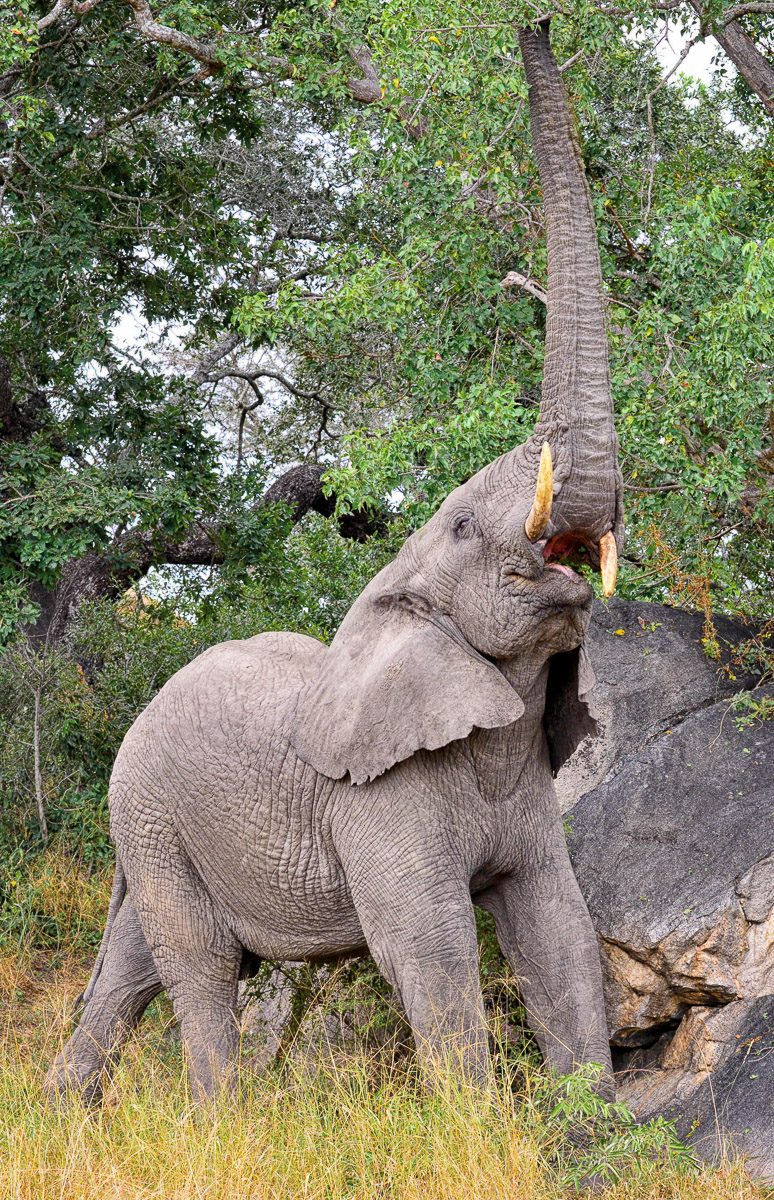




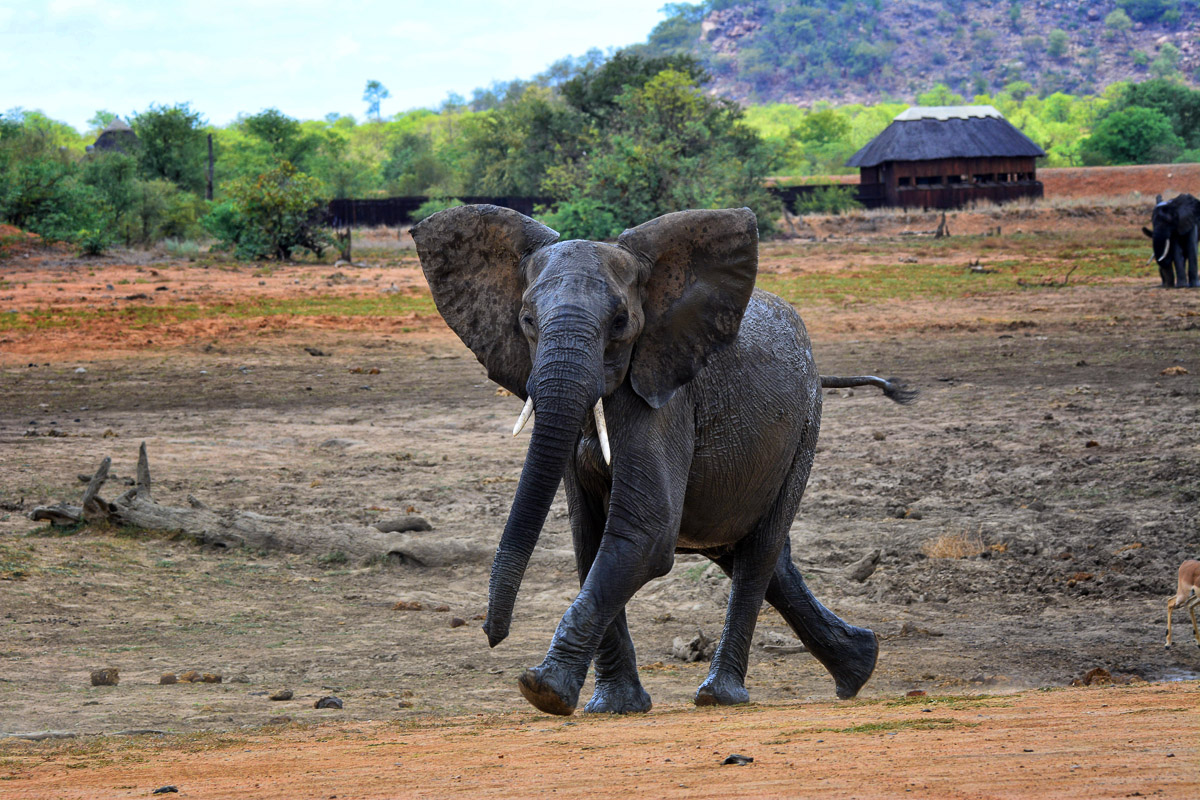
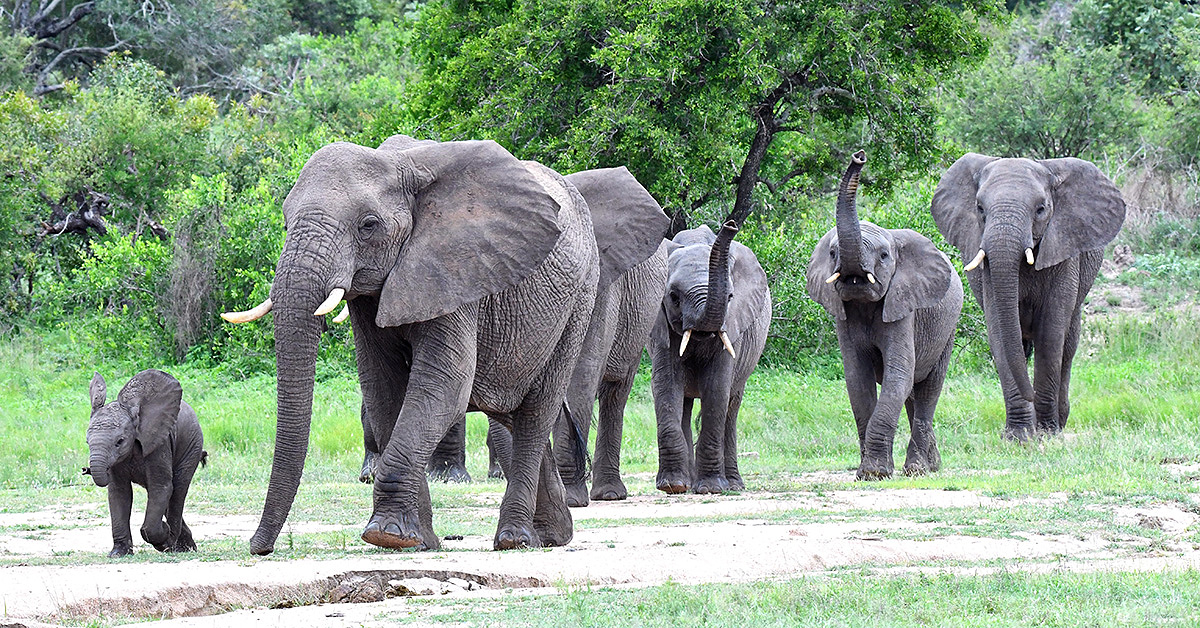
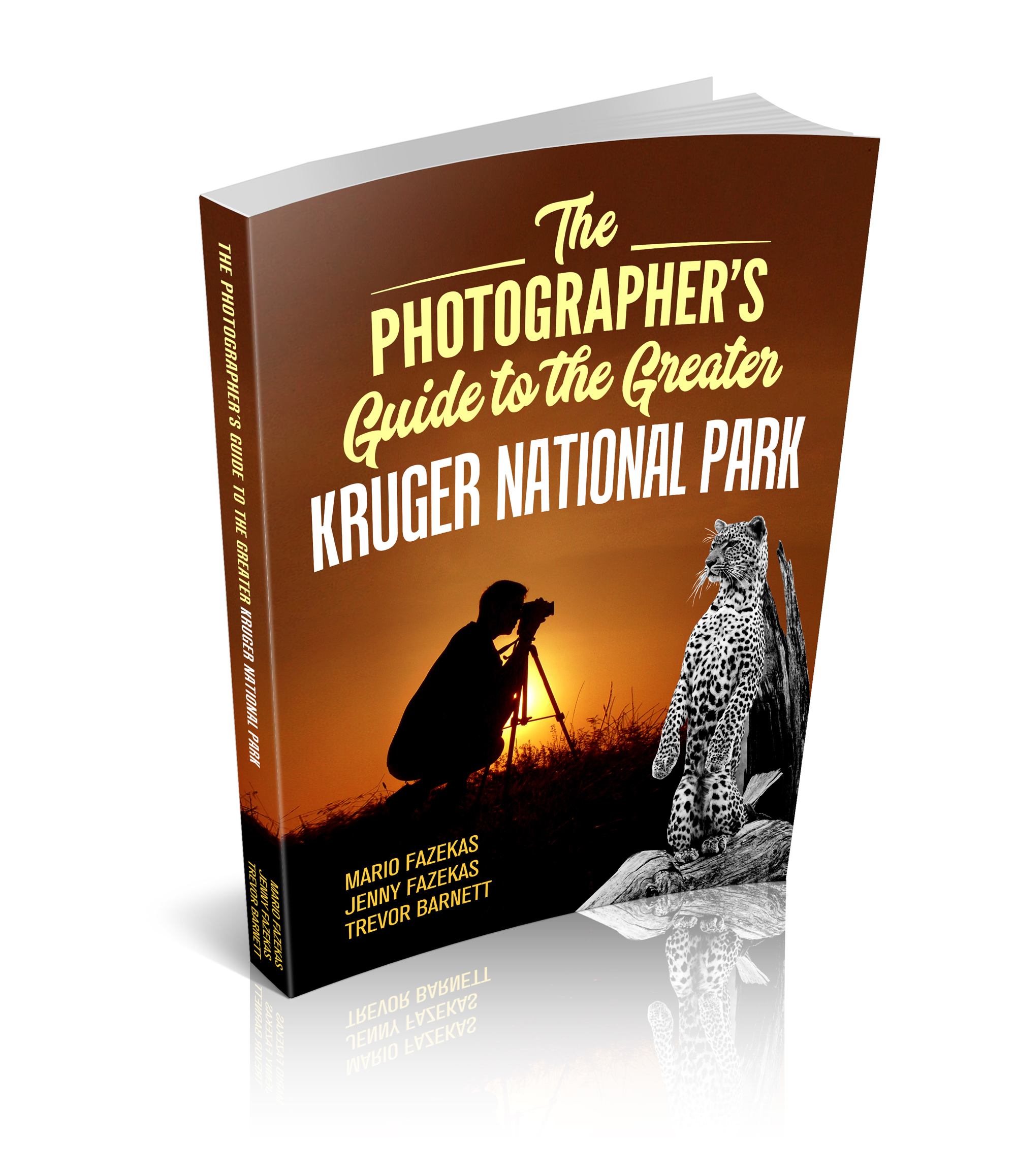

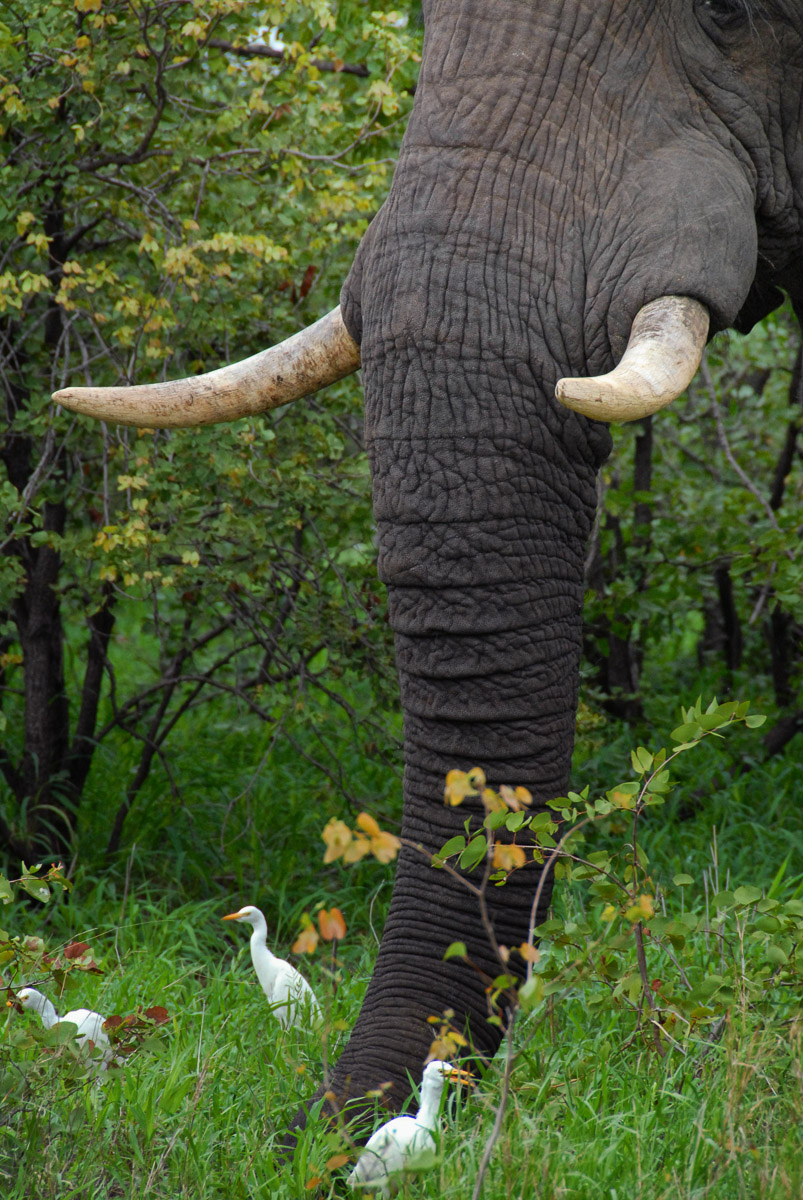
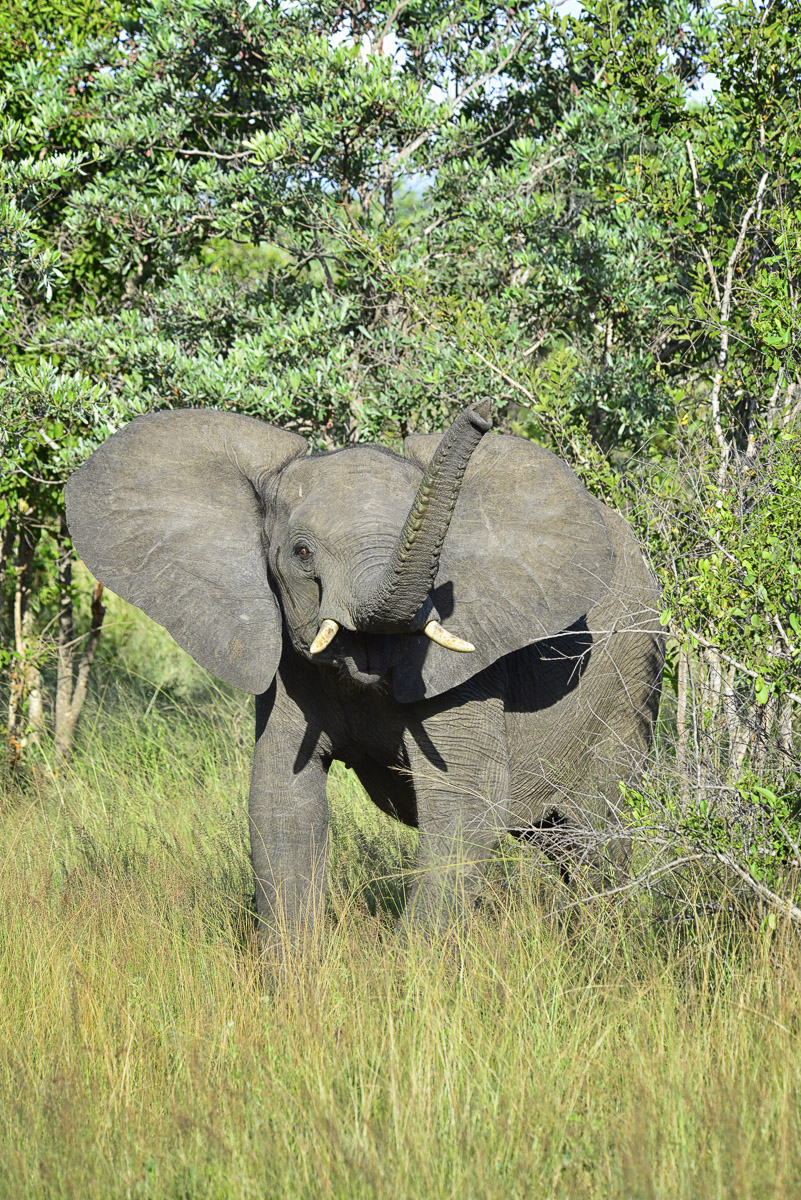

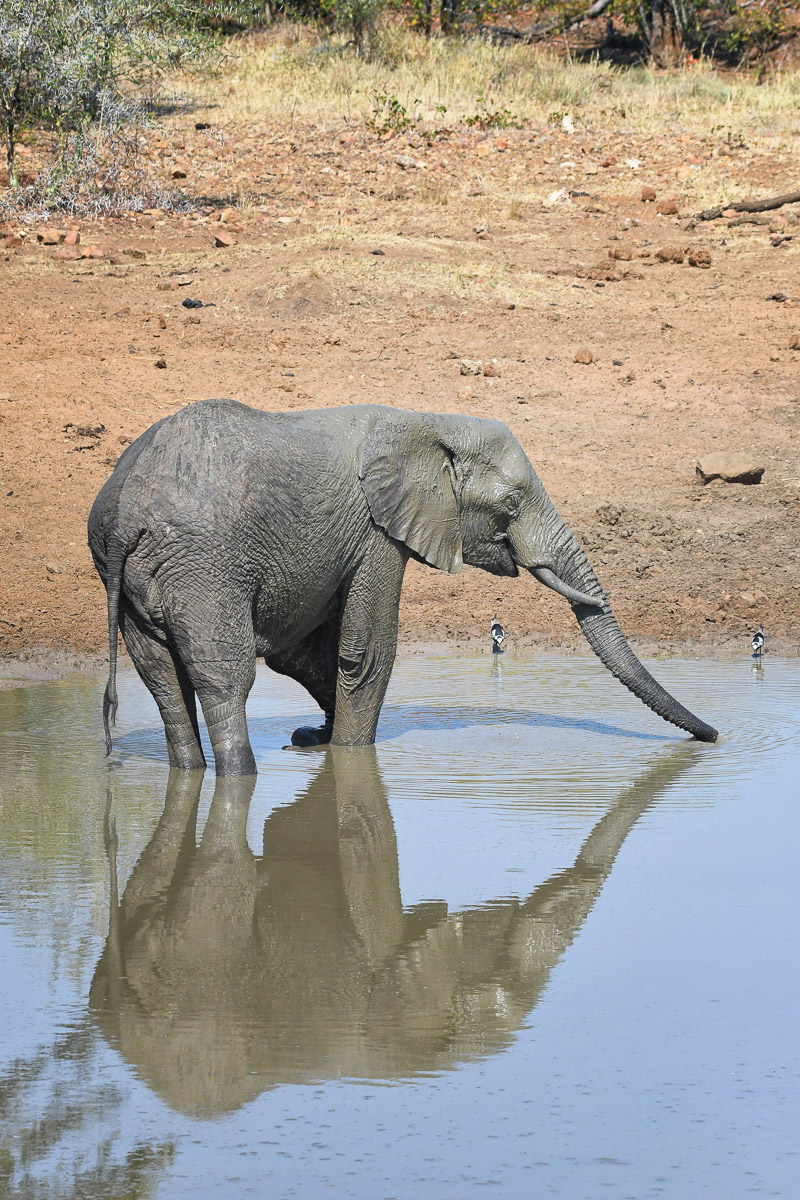

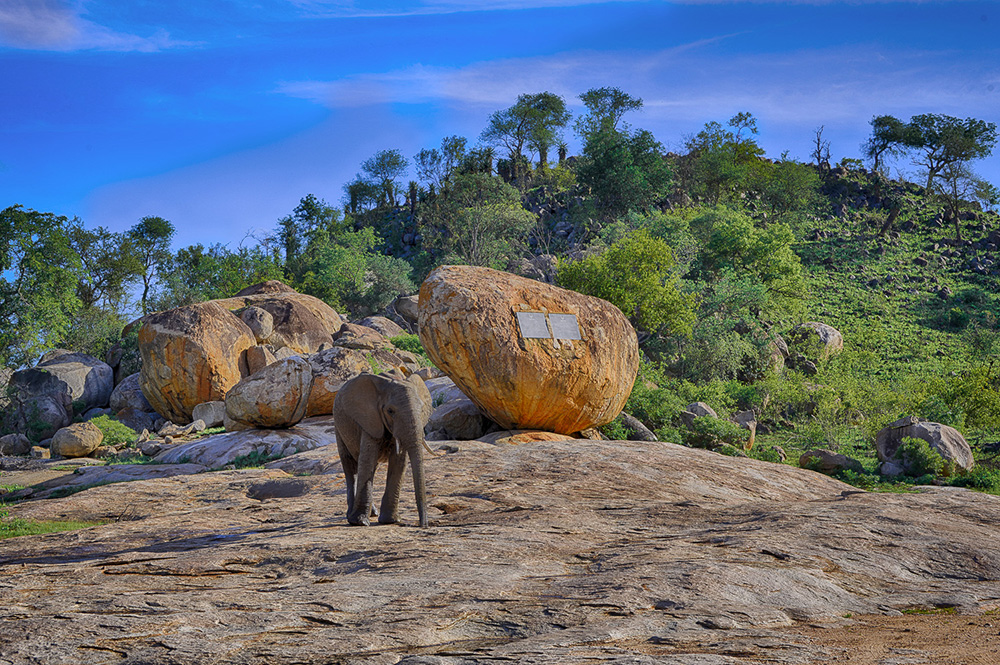

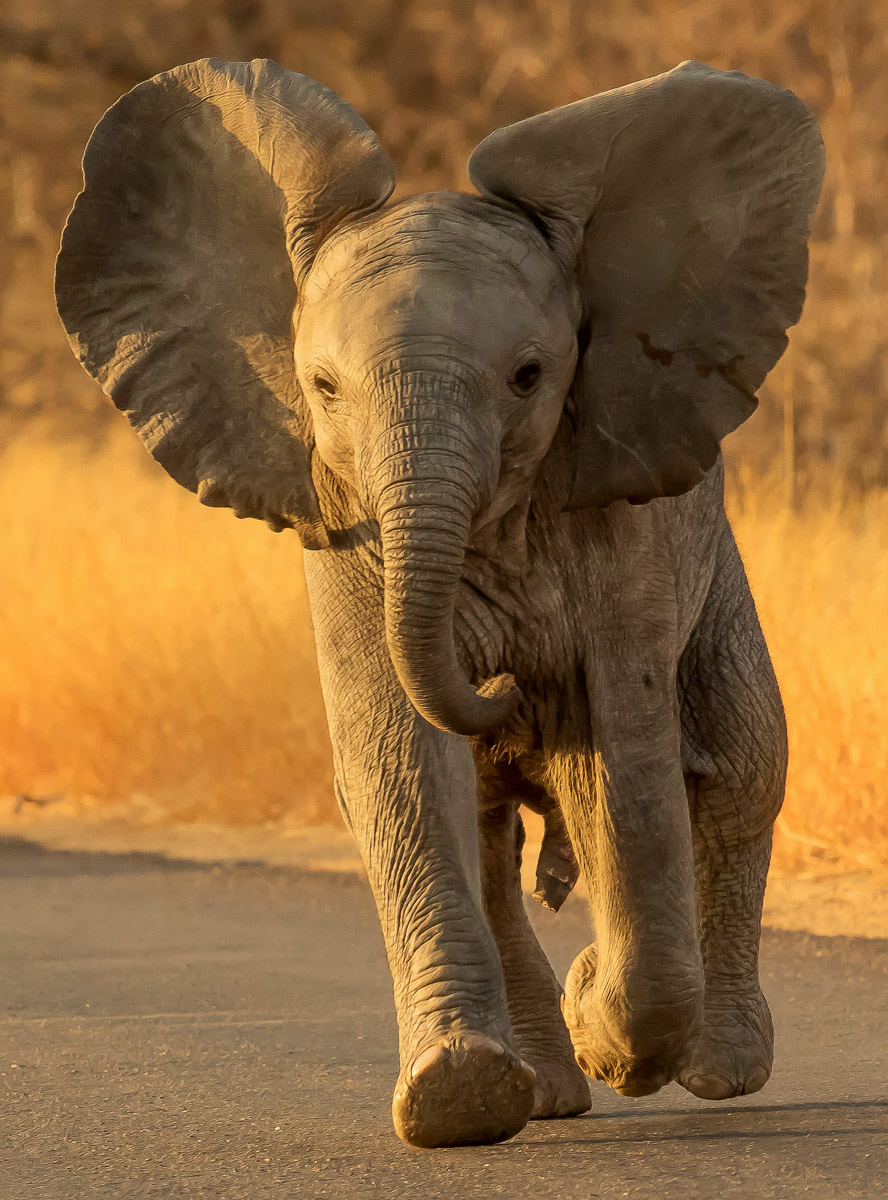

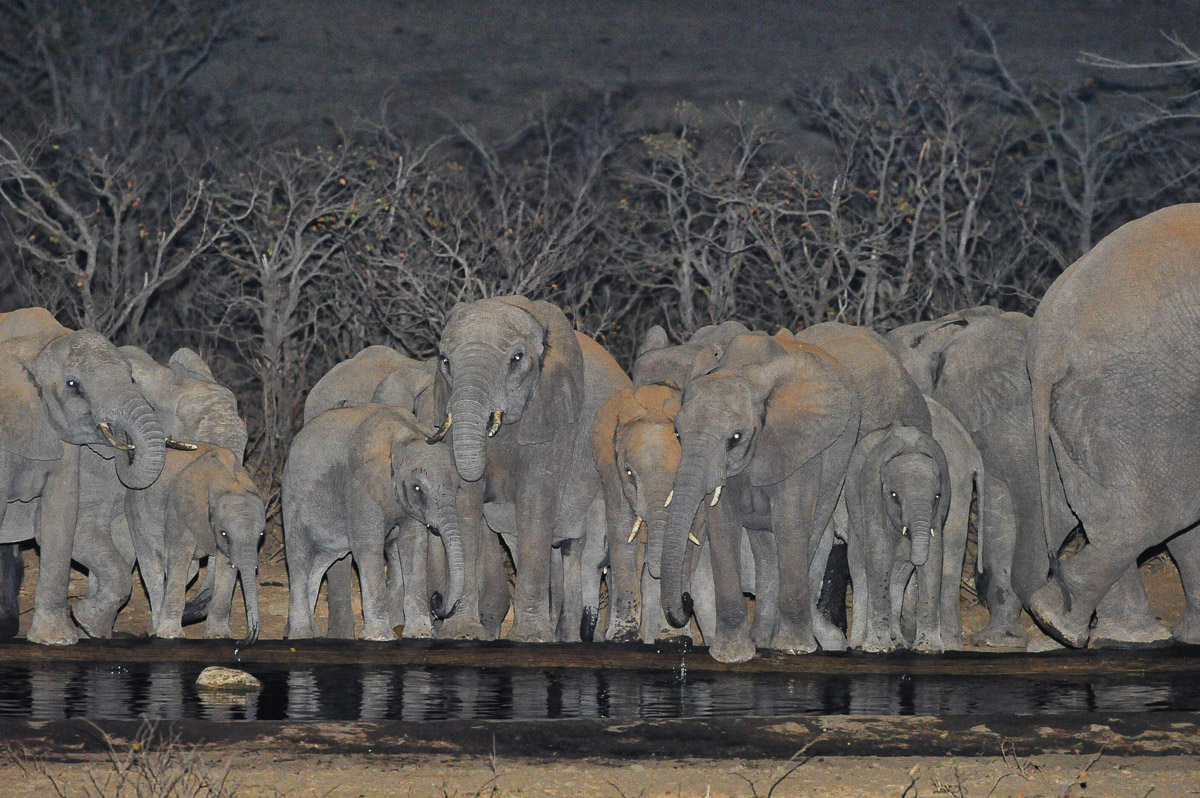

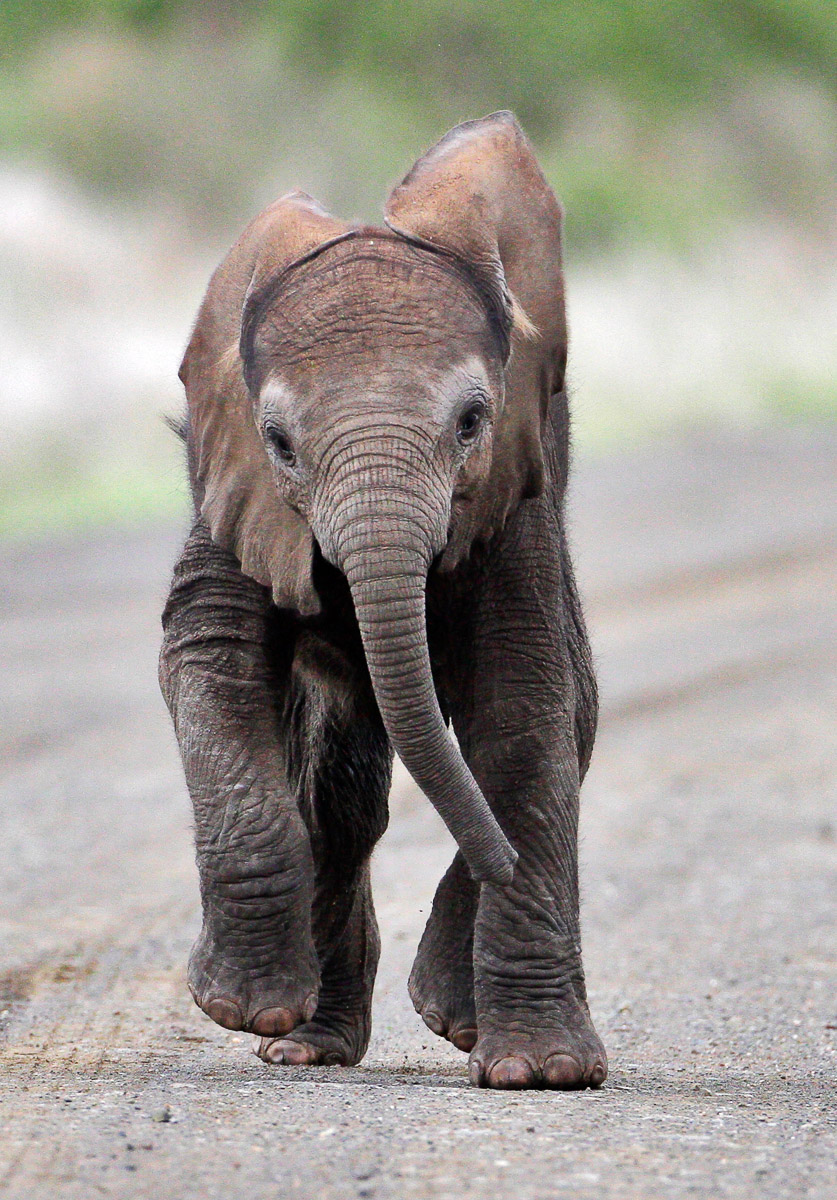
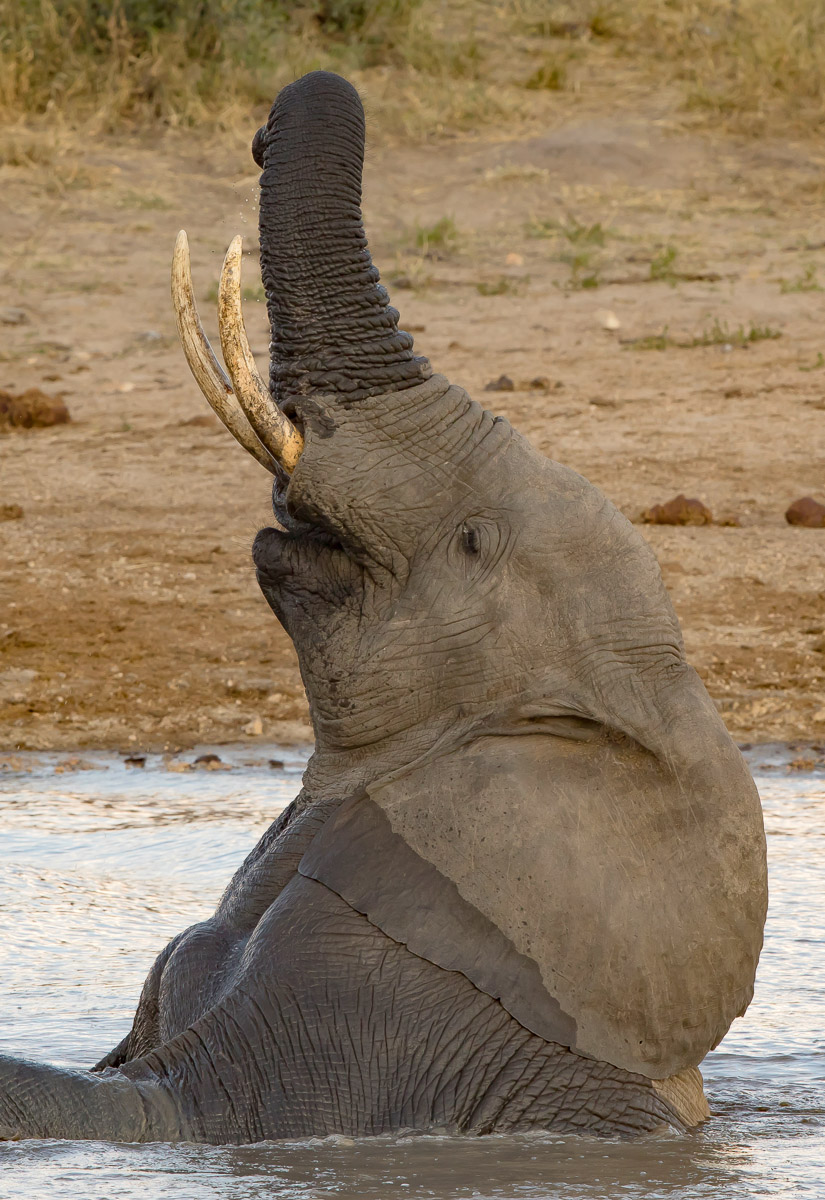





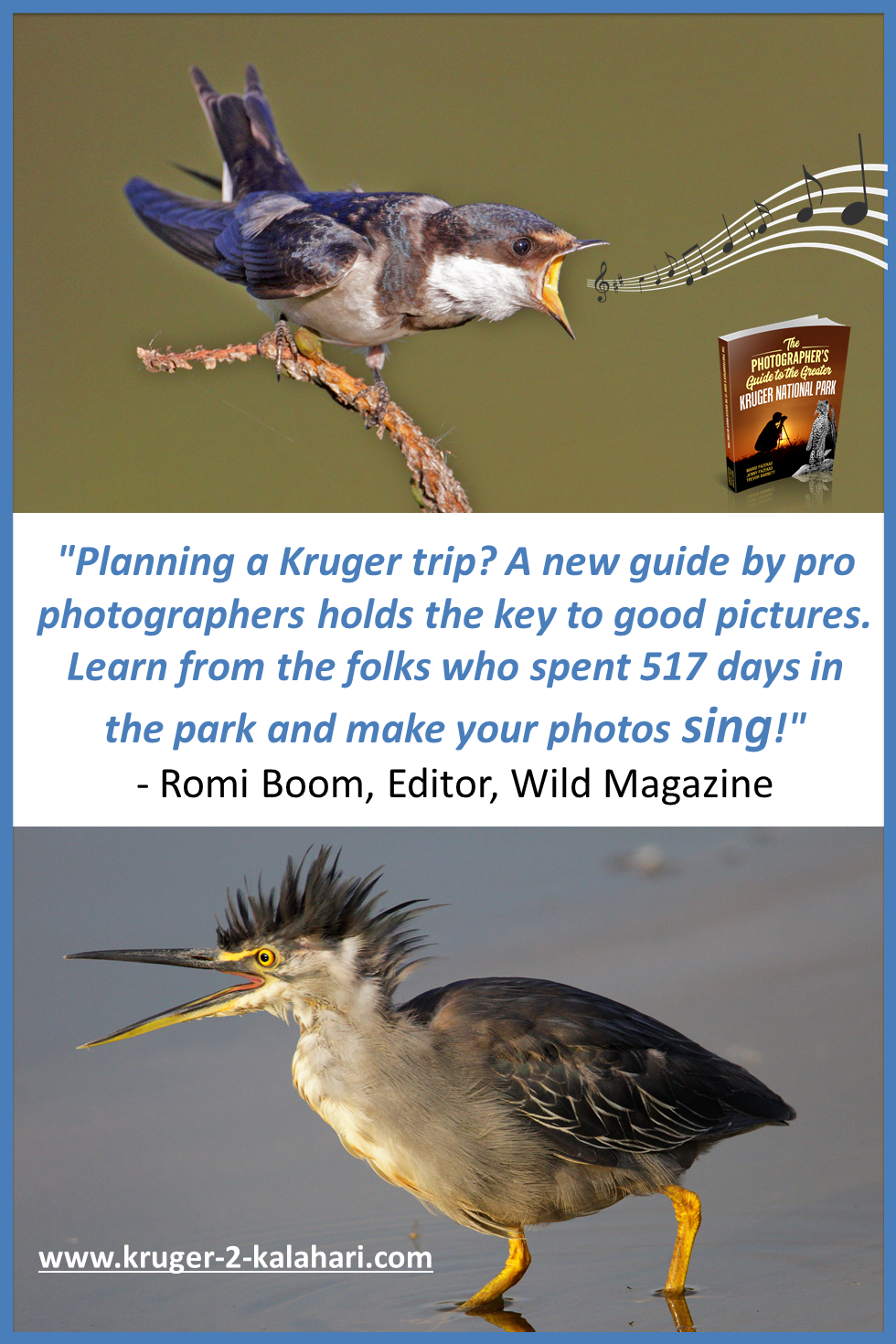
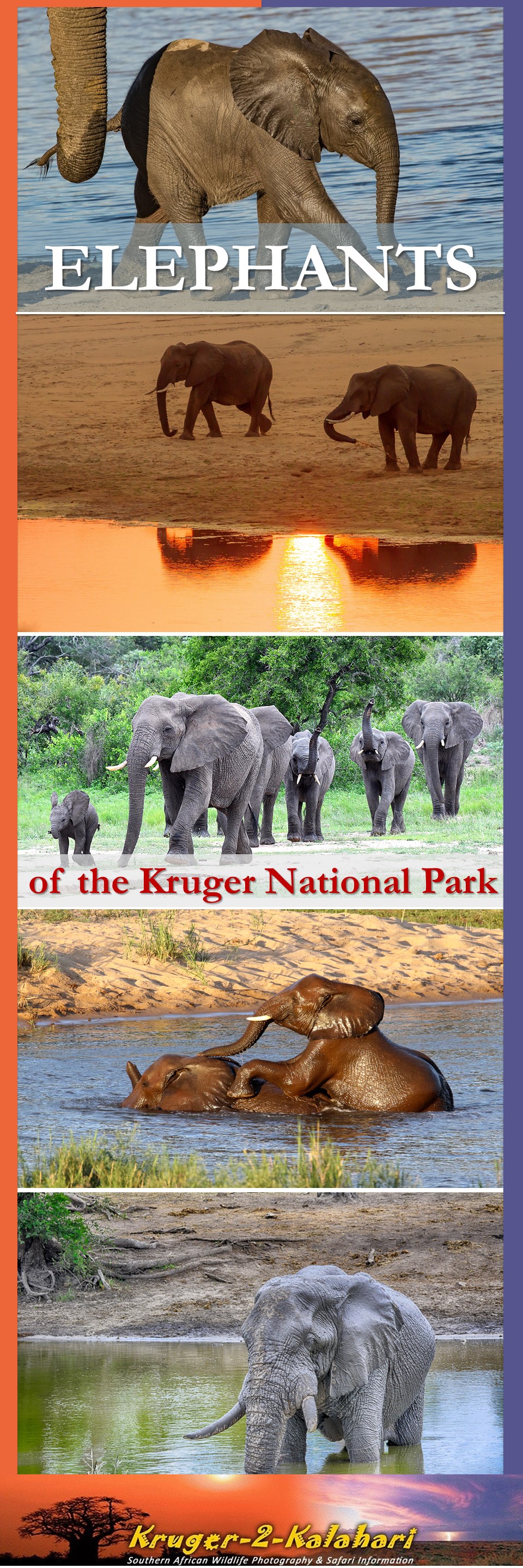
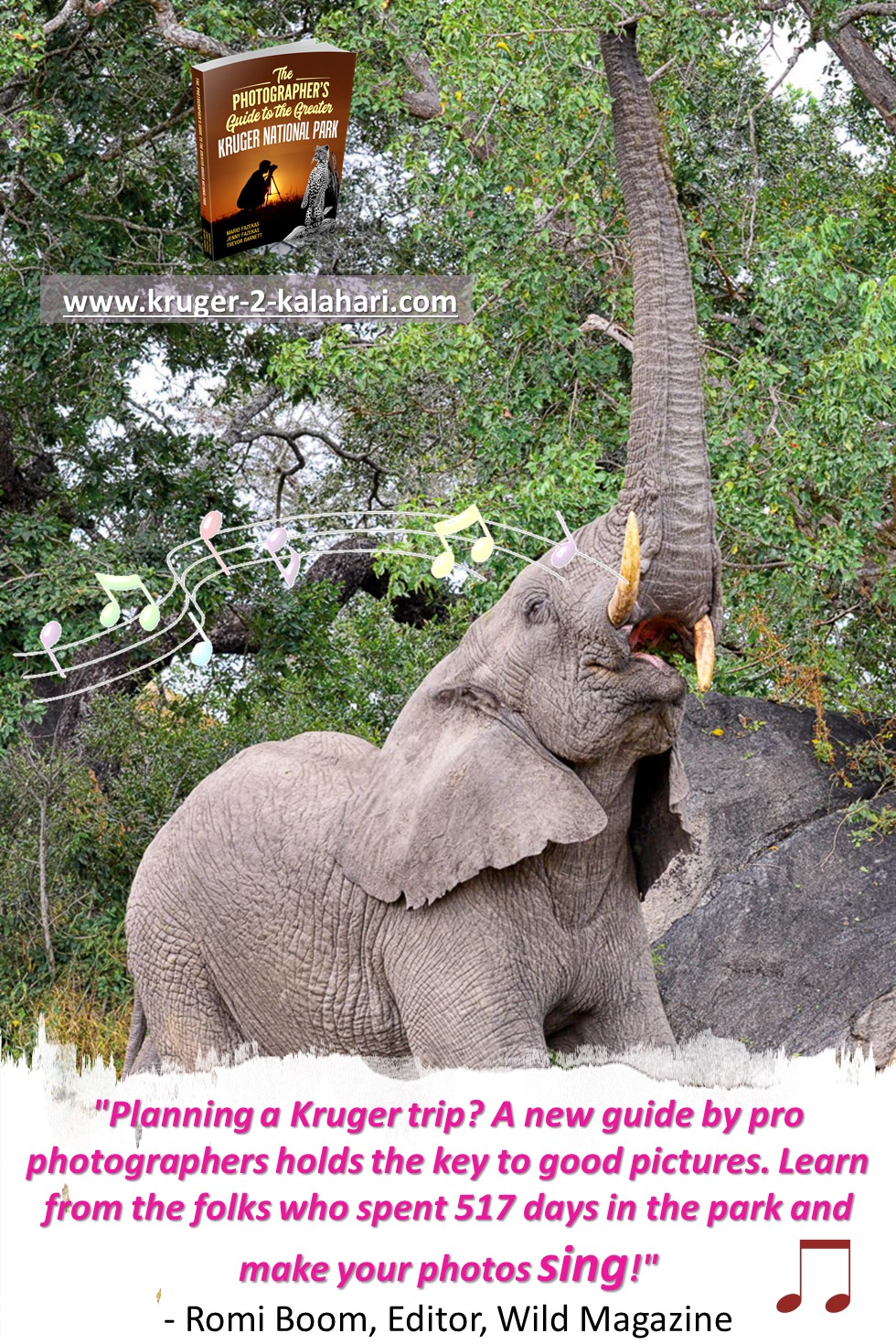




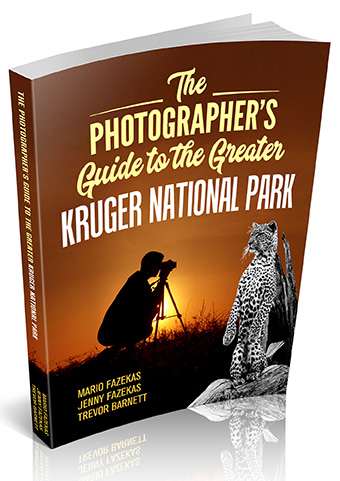

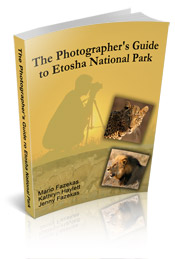
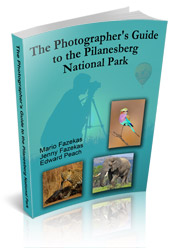

New! Comments
Have your say about what you just read! Please leave us a comment in the box below.